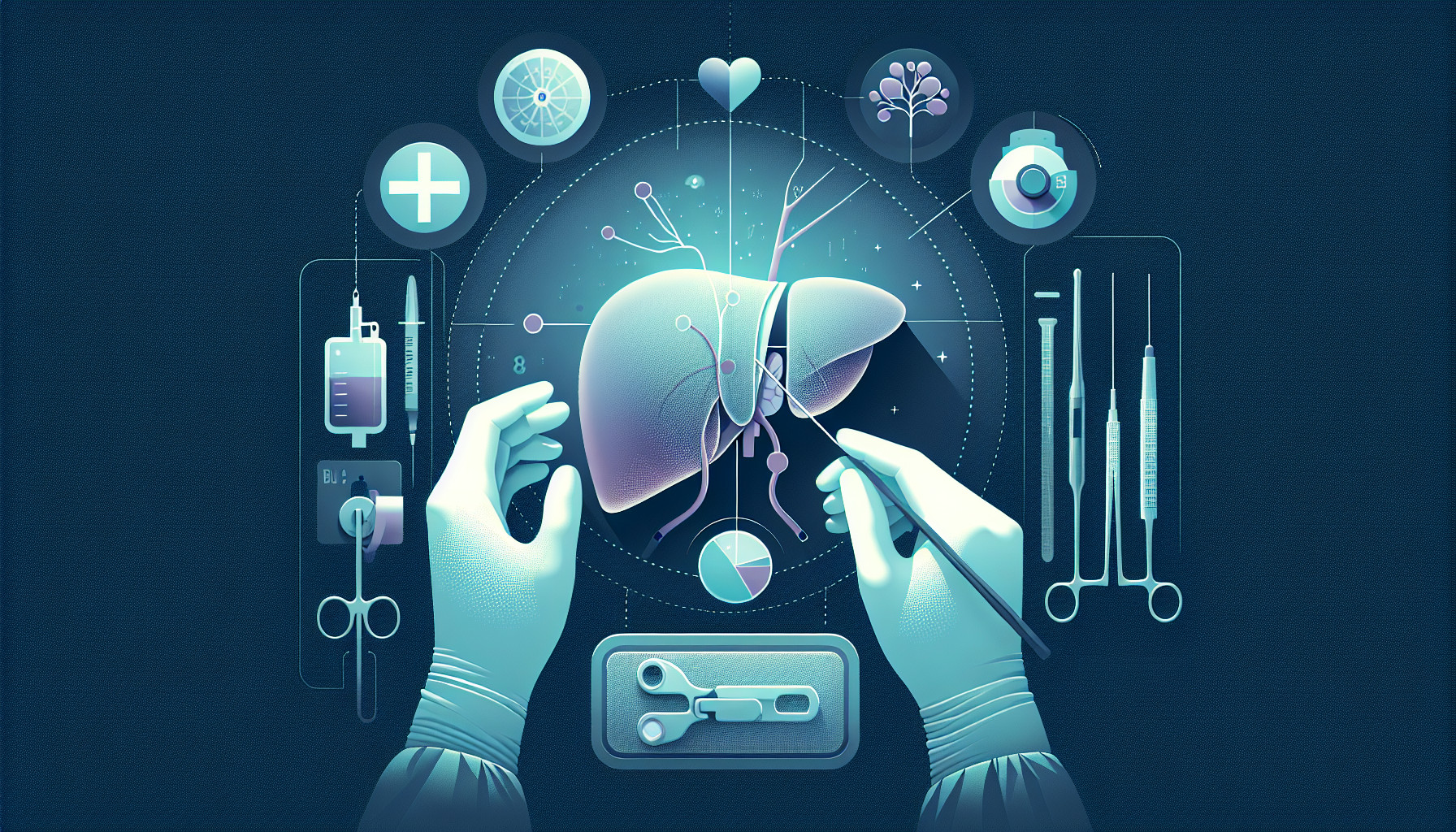Our Summary
This study looked at how often infections occur at the surgical site (SSI) in children who have had a liver transplant. The researchers also wanted to understand what factors might increase the risk of these infections and what the outcomes might be. They reviewed the medical records of 86 patients aged 18 and under who had a liver transplant at their hospital between 2007 and 2017.
They found that just over 9% of the patients developed an SSI within 30 days of their transplant. Interestingly, patients who received a segment of a liver (segmental grafts) had a slightly higher infection rate (11.4%) compared to those who received a whole liver (4%).
The study also found that SSIs were more likely in patients who had complications with their bile ducts (a part of the digestive system). However, having an SSI did not seem to affect long-term survival rates for the patient or the transplanted liver.
Patients who developed an SSI were more likely to need a second operation and generally spent more time in the hospital after their transplant.
Despite the increased risk of SSIs in segmental graft recipients, the researchers concluded that this should not discourage the use of these grafts, as they can help overcome the shortage of available organs for transplant.
FAQs
- What percentage of pediatric patients developed a surgical site infection (SSI) after liver transplantation?
- Does having a surgical site infection (SSI) after a liver transplant affect the long-term survival rates for the patient or the transplanted liver?
- Are children who receive a segment of a liver (segmental grafts) at a higher risk of developing surgical site infections (SSIs) compared to those who receive a whole liver?
Doctor’s Tip
One helpful tip a doctor might give to a patient undergoing a pediatric liver transplant is to closely monitor for any signs of infection at the surgical site, such as redness, swelling, or drainage. It is important to follow post-operative care instructions carefully and report any concerns to the medical team promptly. Additionally, maintaining proper hygiene and following a healthy lifestyle can help reduce the risk of infections and promote successful recovery after the transplant. Regular follow-up appointments and communication with the healthcare team are essential for monitoring and managing any potential complications.
Suitable For
Patients who are typically recommended for pediatric liver transplant include those with end-stage liver disease, acute liver failure, genetic liver diseases, metabolic liver diseases, liver tumors, and autoimmune liver diseases. These patients may experience symptoms such as jaundice, abdominal swelling, fatigue, itching, and easy bruising. The decision to undergo a liver transplant is usually made after thorough evaluation by a multidisciplinary team of healthcare providers, including hepatologists, transplant surgeons, transplant coordinators, and social workers. Patients who are not responding to medical treatment or are at high risk of complications from their liver disease are often considered for transplant evaluation.
Timeline
Before pediatric liver transplant:
- Patient is diagnosed with liver disease or failure
- Patient undergoes extensive medical evaluations to determine eligibility for transplant
- Patient is placed on the transplant waiting list and waits for a suitable donor
- Patient undergoes pre-transplant preparations, including physical exams, blood tests, and other medical procedures
- Patient receives notification of a suitable donor match and undergoes transplant surgery
After pediatric liver transplant:
- Patient is closely monitored in the intensive care unit immediately after surgery
- Patient may experience complications such as infections, rejection of the transplanted liver, or bile duct issues
- Patient is discharged from the hospital and continues to receive follow-up care and monitoring
- Patient may need to take immunosuppressant medications for the rest of their life to prevent rejection of the transplanted liver
- Patient undergoes regular medical check-ups and monitoring to ensure the long-term success of the transplant.
What to Ask Your Doctor
- What is the risk of developing a surgical site infection after pediatric liver transplant?
- Are there any specific factors that may increase my child’s risk of developing a surgical site infection?
- How are surgical site infections typically treated in pediatric liver transplant patients?
- What are the potential outcomes or complications associated with developing a surgical site infection after liver transplant?
- How long does it typically take for a patient to recover from a surgical site infection following liver transplant?
- Will my child require additional surgeries or treatments if they develop a surgical site infection?
- How can we prevent surgical site infections in pediatric liver transplant patients?
- Is there a difference in the risk of surgical site infections between patients who receive a segmental graft versus a whole liver graft?
- How does the presence of complications with the bile ducts affect the risk of developing a surgical site infection?
- Does the development of a surgical site infection impact the long-term survival rates for the patient or the transplanted liver?
Reference
Authors: Banach DB, Lopez-Verdugo F, Sanchez-Garcia J, Tran A, Gomez-Llerena A, Munoz-Abraham AS, Bertacco A, Valentino PL, Yoo P, Dembry LM, Mulligan DC, Ekong UD, Emre SH, Rodriguez-Davalos MI. Journal: Transpl Infect Dis. 2022 Dec;24(6):e13941. doi: 10.1111/tid.13941. Epub 2022 Sep 21. PMID: 35989545
